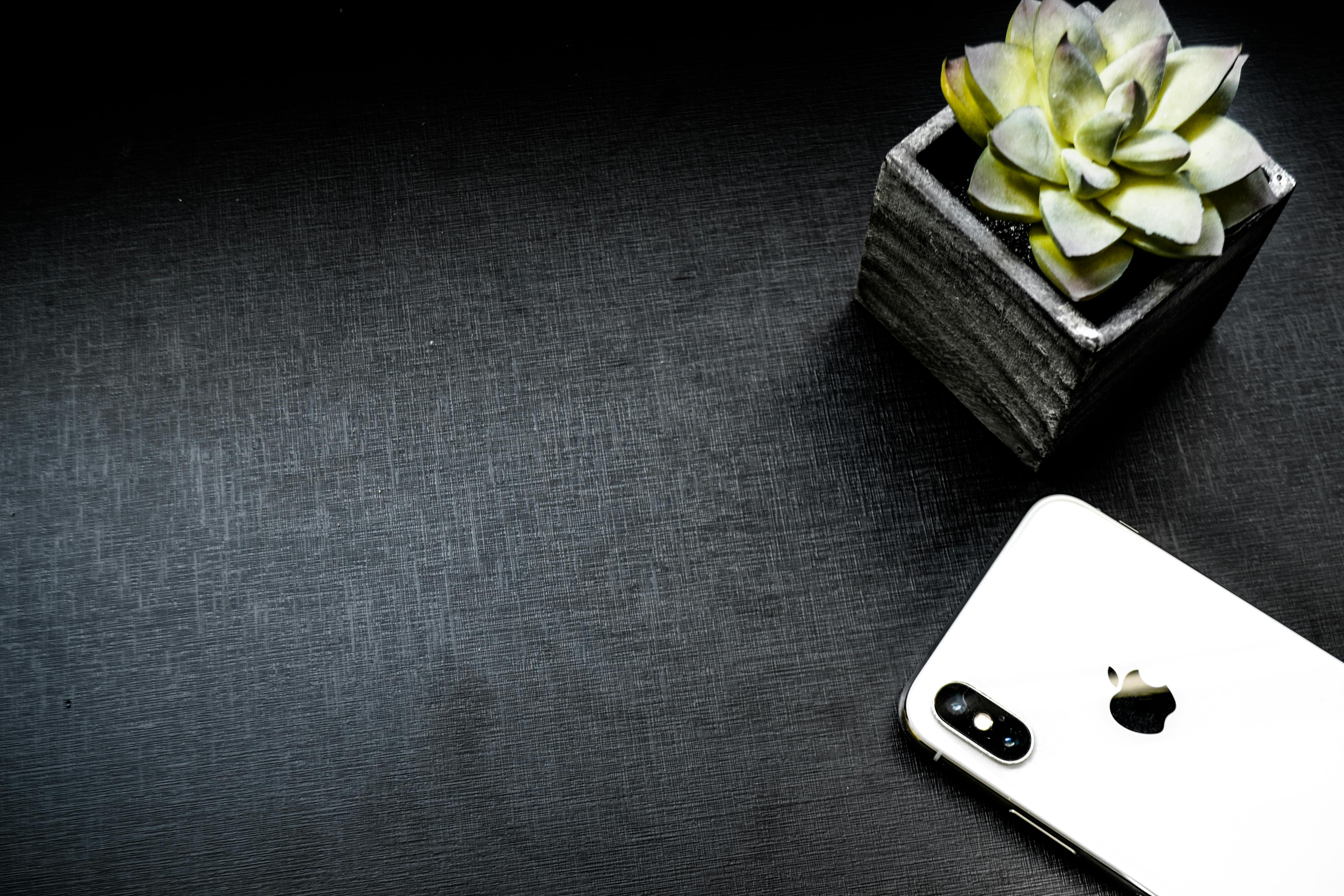The word microphone comes from the Greek words micro meaning small and telephone meaning voice. It first appeared in a dictionary in 1683 as an instrument by which small sounds are intensified.
This was in reference to acoustic listening devices, such as trumpets and megaphones of that time. Microphones were introduced with the first articulated telephone transmitters, developed almost simultaneously by Elisha Gray and Alexander Graham Bell. It was then used as a liquid transmitter, which was a variable resistance device. But the poor quality of these liquid transmitters led several inventors to seek alternative design paths.
He entered the telephone business in late 1877. Now, with two companies trying to develop a better transmitter, other experimenters began to show up and offer their devices. David Edward Hughes was one such man who designed a new type of microphone, using loosely packed carbon granules in an enclosed space.
Another notable scientist, Thomas Alva Edison, perfected the carbon granule microphone, resulting in the carbon button transmitter in 1886. Edison’s transmitter was simple and inexpensive to manufacture, but also highly efficient and durable. It has become the basis for telephone transmitters used in millions of telephones around the world.
The next major step in transmitter design was taken by Henry Hunnings of England. He used coke pellets between the diaphragm and a metal back plate. This design originated in 1878 and was patented in 1879. This transmitter was very efficient and could carry more current than its competitors. Its only drawback was that it had a tendency to accumulate and lose its sensitivity.
The advent of electric disc recording and radio broadcasting in the early 1920s spurred the development of better quality carbon microphones. The year 1920 marked the beginning of the era of commercial broadcasting. Some of the amateurs and skilled singers started playing records and using microphones with their shows. The first radio station used the chandelier phone as a microphone.
The typical transmitting item at this time was the Western Electric No 323. At first it was used to talk to you as if it were a telephone. The next step was to provide the performers with a microphone that would allow them to stand up and perform. For this application, the builder took the chandelier phone transmitter, replaced the short mouthpiece with the megaphone, and slipped this combination into a felt-lined Bakelite sleeve about eight inches long and attached small eyebolts to each end to suspend it from above.
The first microphone to be made for the film industry was the PB17. It was a cylinder of sandblasted aluminum, 17 inches long and 6 inches in diameter. The bottom was rounded with a yoke to hold the tape element, which had a perforated protective screen. The magnetic structure used an electromagnet that required six volts at one amp.
In recent years, some of the most radical approaches to microphone model design have included motion detection, in response to sound pressure variations, of charged particles, a system analogous to the ion speaker. Miniature optical interfaces and related devices developed for the telecommunication industries, such as miniature laser diodes, bias beam splitters, and photodiodes, now aid in the construction of high-quality optical microphones.
